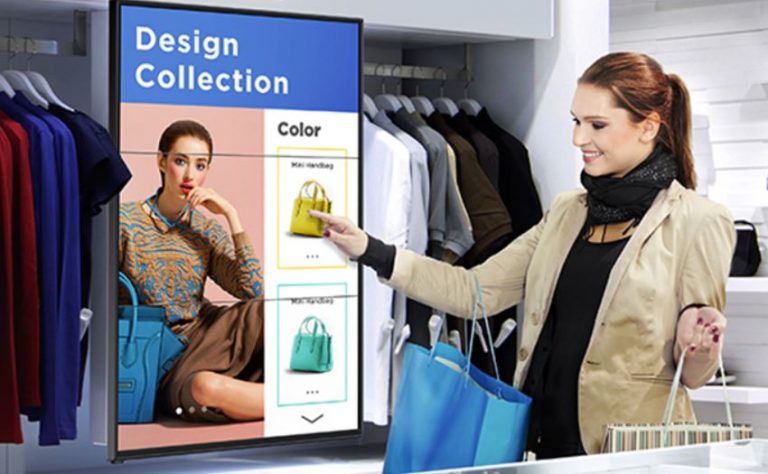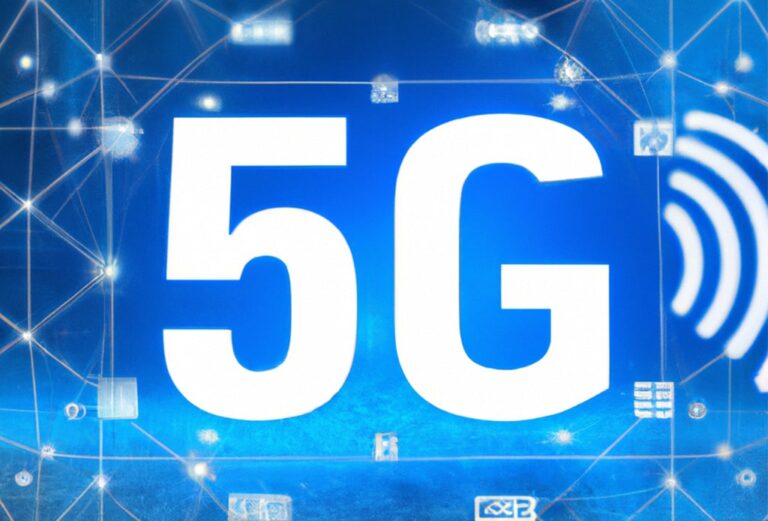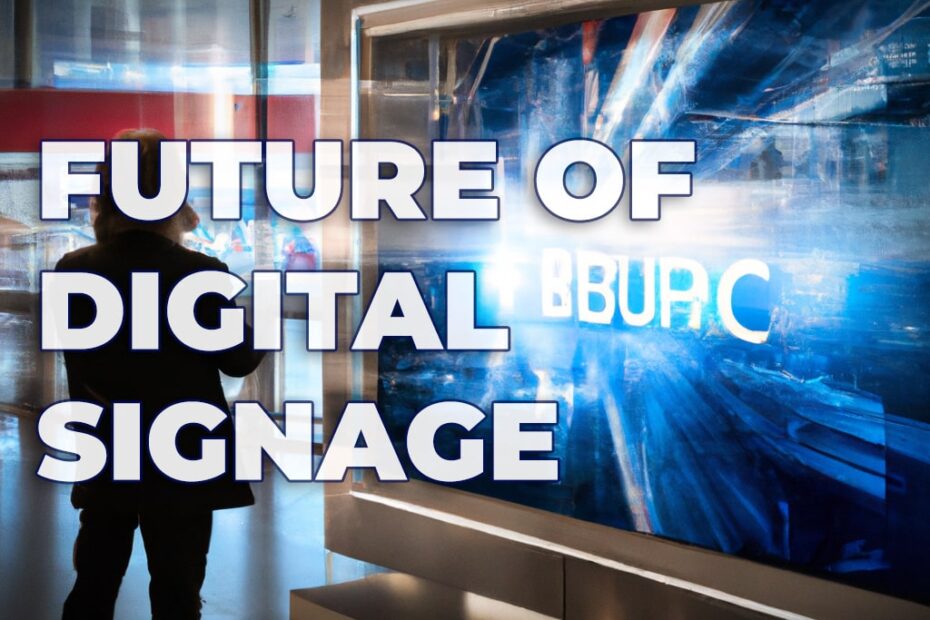Top 6 Key Trends That Shape The Future of Digital Signage
- Interactive Display
- 5G Technology
- Cloud Computing
- IoT Integration
- Artificial Intelligence
- Increased Availability
1. Interactive Display
Nowadays, more and more digital displays such as digital signages and digital kiosks are equipped with touch screen features to provide an engaging and interactive experience. In near future, digital signages with gesture recognition, touch screens, and Augmented Reality (AR) capabilities will become more common.
Users and customers can enjoy access to information via a more interesting and immersive user interface. They can interact with the digital signage directly using basic gestures or actions such as click, swiping, and hand waving. Interactive experience can help brands and businesses in creating meaningful relationships with their customers or audiences.

2. 5G Technology
In the early days, most digital signages had limited access to the internet connection. A business owner had to insert his USB drive into every single digital signage that he owned for image or video playback. Today, digital signage can support various internet connections such as WiFi, Ethernet, and mobile data. Owners can now have access to various features remotely such as media upload, content scheduling, and content publishing.
With the widespread deployment of 5G networks, digital signage will have more features in the future. It will become faster and more responsive. Delivering rich multimedia content (which usually consumes more resources) seamlessly and in real time will be an extremely easy task.

3. Cloud Computing
Thanks to high-speed internet connections such as 4G and 5G, cloud computing is no longer a fantasy for digital signage. Cloud computing will play an important role in the future of digital signage. With the aid of digital signage software or content management system, centralized and real-time content management can help businesses a lot by reducing maintenance and operation costs.
All necessary functions and media will be accessed via a cloud server. Businesses can run digital signage software reliably on a cloud server. They can monitor and manage all digital signages that they own from a remote and centralized location.
4. IoT Integration
Internet of Things (IoT) is a network of physical devices that can exchange data with each other. They are embedded with sensors and can record human interaction with these devices. When data is collected, these devices can share and communicate with each other, so that they can respond more intelligently to users over time. One of the most common applications is Smart Home.
Thanks to the availability of high-speed internet connection, the integration of IoT technology will allow digital signage systems to collect and analyse data from a range of connected devices, providing insights into consumer behaviour and enabling more targeted and personalized experiences.
For example, with a heat-mapping sensor or a traffic monitoring system in your retail store, your digital signage can be triggered to upsell certain popular products if there is high in-store traffic. Besides, you can also use a height sensor at the store entrance to detect whether there is a child. Your digital signage can then be triggered to show a promotional message about a child product to the parents.
5. Artificial Intelligence
Artificial Intelligence (AI) can be a powerful tool to be used together with a digital signage system. AI-powered digital signage will become increasingly sophisticated by using algorithms to analyse consumer in-store and shopping behaviour. Then, it will adjust and display the right content in real time based on data insights to maximize the business opportunities.
For example, let’s say you own a shoe store. There is a digital signage at your storefront, an interactive kiosk in your store, and a cash register with a point-of-sale system (POS). The AI system can collect data and analyse what information is being searched on the kiosk and what are the most purchased product of the day. Once the insights are generated, the digital signage at your storefront can display promotional content of the most purchased product and starts to drive more in-store traffic.

6. Increased Availability
As the industry continues to grow, digital signage will become increasingly accessible and affordable. More small and medium-sized businesses will start to adopt the technology to enhance their marketing and branding efforts.
When digital signage is becoming accessible, more and more manufacturers will join the party to come out with interesting products with more advanced features. Both consumers and businesses will be benefited in countless ways as the digital signage is getting more sophisticated.

Conclusion
The future of digital signage is exciting. New technologies and trends are going to revolutionize the industry and create new opportunities for businesses and consumers alike.


